What is a Prophet?
In biblical context, a prophet is someone who:
- Receives divine revelations from God
- Proclaims God’s messages to the people
- Foretells future events
- Calls humanity to repentance and obedience to God
Examples include Isaiah, Jeremiah, Ezekiel, Daniel, Jonah, Amos, Malachi, Elijah and Samuel, who anointed Israel’s first kings. Moses is the greatest prophet of the Old Testament.
In the New Testament, St. John the Baptist prepared the way for Jesus and was identified by Christ as the greatest among those born of women.
“Amen I say to you, there hath not risen among them that are born of women a greater than John the Baptist.” — Matthew 11:11, Douay-Rheims
Why is the Virgin Mary Called Queen of the Prophets?
Mary is called Queen of the Prophets for two primary reasons:
- She is the Fulfillment of Prophecy
As the Mother of Jesus Christ—the fulfillment of all prophecy—Mary stands at the center of the divine plan of salvation. - She is a True Prophetess Herself
Through her apparitions and messages to humanity, Mary continues to proclaim divine truths. She is not merely a recipient of prophecy but a prophetic figure herself.
Mary as the Fulfillment of Biblical Prophecies
In the first book of the Bible, God spoke this prophecy:
“I will put enmities between thee and the woman, and thy seed and her seed: she shall crush thy head, and thou shalt lie in wait for her heel.”— Genesis 3:15, Douay-Rheims
The woman who would bear a child is also mentioned by the Patriarch Jacob, who foretold that the Messiah, a great King, would come from the tribe of Judah. Mary descends from this tribe.
“The sceptre shall not be taken away from Juda, nor a ruler from his thigh, till he come that is to be sent, and he shall be the expectation of nations.”— Genesis 49:10, Douay-Rheims
“Behold a virgin shall conceive, and bear a son, and his name shall be called Emmanuel.”— Isaiah 7:14, Douay-Rheims
The virgin mentioned by Isaias the Prophet is the Blessed Virgin Mary, who gave birth to Emmanuel—“God with us.” Micah also foretold that He would be born in Bethlehem:
“And thou, Bethlehem Ephrata, art a little one among the thousands of Juda: out of thee shall he come forth unto me that is to be the ruler in Israel: and his going forth is from the beginning, from the days of eternity.”— Micah 5:2, Douay-Rheims
“Therefore will he give them up even till the time wherein she that travaileth shall bring forth: and the remnant of his brethren shall be converted to the children of Israel.”— Micah 5:3, Douay-Rheims
The Fathers of the Church interpret Ezekiel’s vision as symbolic of Mary’s Perpetual Virginity — a gate facing east that remains closed, untouched before, during, and after Christ’s birth:
“And he brought me back to the way of the gate of the outward sanctuary, which looked towards the east: and it was shut.
And the Lord said to me: This gate shall be shut, it shall not be opened, and no man shall pass through it: because the Lord the God of Israel hath entered in by it, and it shall be shut.
For the prince. The prince himself shall sit in it, to eat bread before the Lord: he shall go in by the way of the porch of the gate, and shall go out by the same way.”— Ezekiel 44:1–3, Douay-Rheims
Apocalypse (Revelation) Chapter 12 contains a prophetic vision closely tied to Mary:
“And a great sign appeared in heaven: A woman clothed with the sun, and the moon under her feet, and on her head a crown of twelve stars:And being with child, she cried travailing in birth, and was in pain to be delivered.”— Apocalypse 12:1–2, Douay-Rheims
This vision symbolizes Mary as the Mother of Christ and the Church, engaged in spiritual warfare against the dragon — Satan — who seeks to destroy her offspring.
Mary as a True Prophet
Mary’s life reflects that of the prophets:
- Like Moses, she intercedes for God’s people.
- Like Elijah, she is associated with miraculous events.
- Like Jeremiah, she issues warnings of divine chastisement.
- Like St. John the Baptist, she calls humanity to conversion.
Mary’s prophetic voice is most clearly heard in her Magnificat:
“Because he hath regarded the humility of his handmaid; for behold from henceforth all generations shall call me blessed.”— Luke 1:48, Douay-Rheims
Throughout history, the Virgin Mary has continued her prophetic mission through apparitions. These appearances contain messages of repentance, prayer, sacrifice, warning, and prophecy.
Timeline of Marian Prophecies
Visionary: St. Dominic
Mary revealed the Rosary as the main weapon for converting sinners and reforming the world.
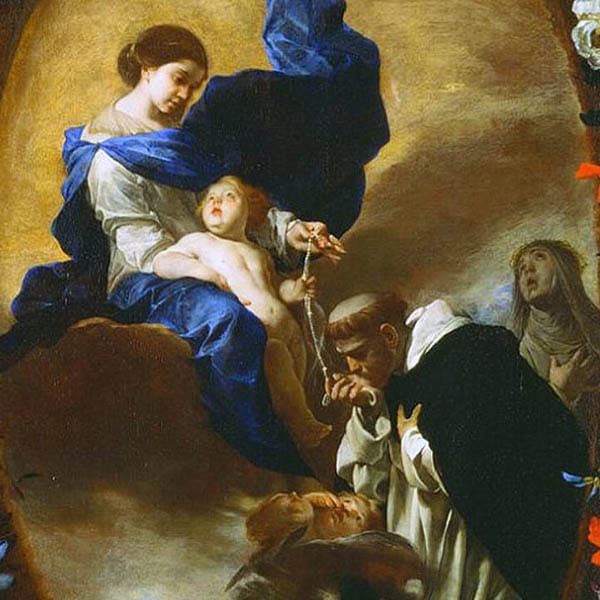
Visionary: St. Simon Stock
Mary gave the Brown Scapular and promised salvation to those who die wearing it with devotion.
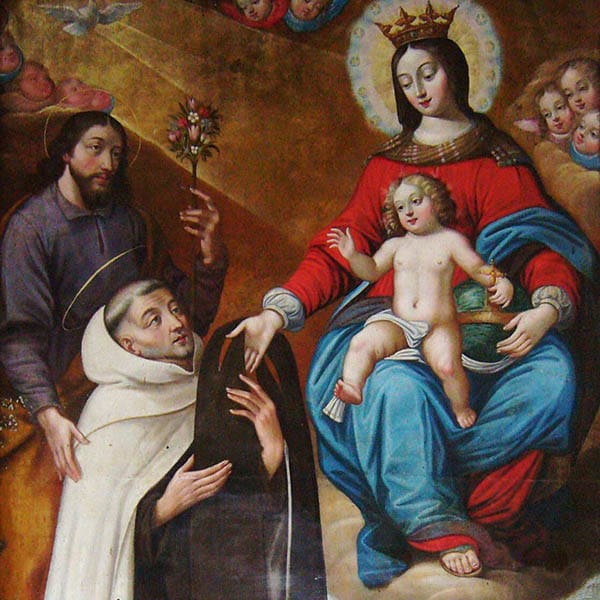
Visionary: St. Juan Diego
Though no direct prophecy was spoken, 9 million Aztecs converted. Mysterious signs on the Tilma include star constellations and Pope references.
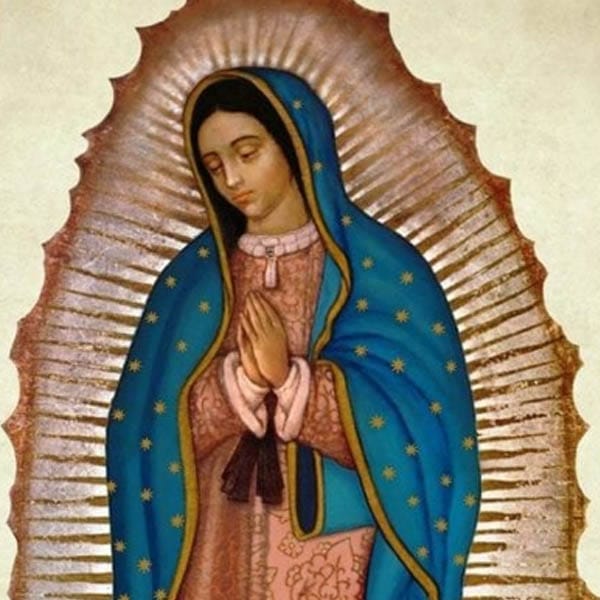
Visionary: Mother Mariana
Prophecies included the Dogma of the Immaculate Conception, moral decay, Church crises, and Communist infiltration.
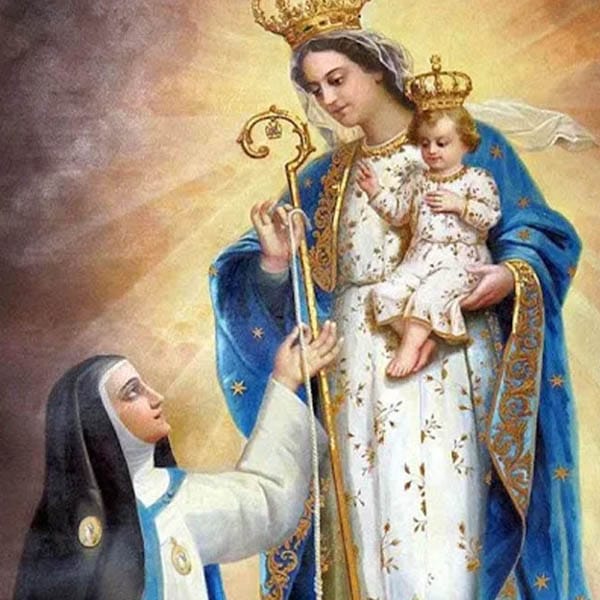
Visionary: St. Catherine Labouré
“France will suffer. Thrones will fall. Churches will be closed. Priests martyred. The cross will be thrown down.”
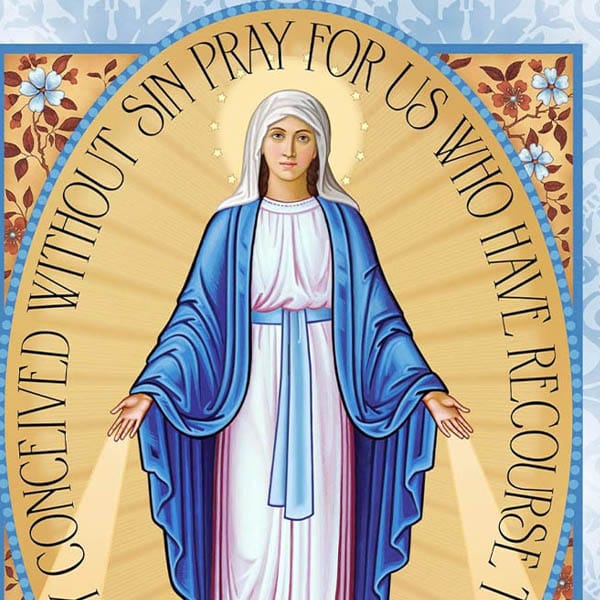
Visionary: Maximin & Melanie
Warnings of famine and chastisements. Secret messages spoke of moral collapse, Church crisis, Antichrist, and the Great Monarch.
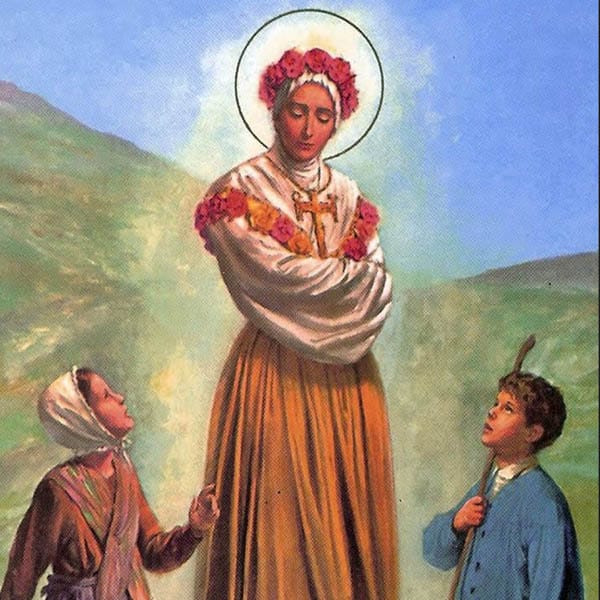
Visionary: St. Bernadette
Declared: “I am the Immaculate Conception,” confirming the dogma proclaimed in 1854.
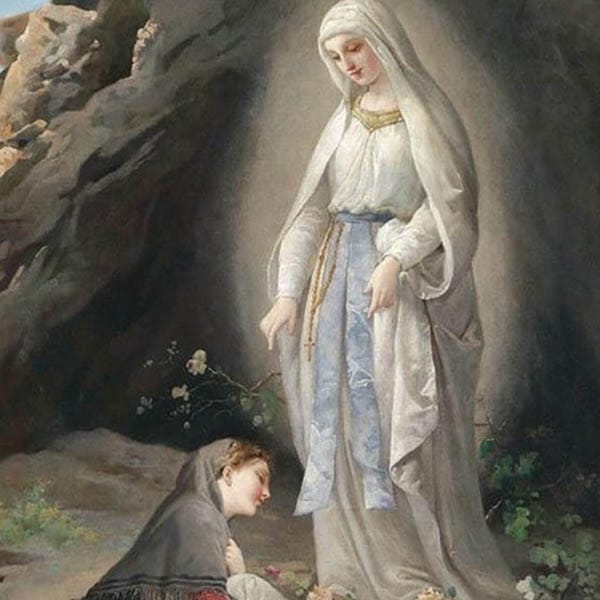
Visionaries: 22 Farmers
Prophecy: “Russia will become a godless nation. Ukraine will suffer for 80 years but will be free in the end.”
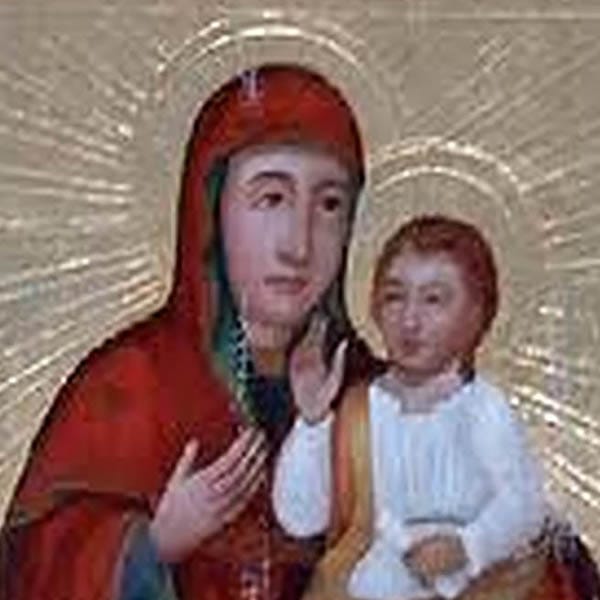
Visionaries: St. Jacinta, St. Francsico and Lucia Marto
Three Secrets: Hell, WWII, and a mysterious Third Secret. Russia must be consecrated or her errors will spread globally.
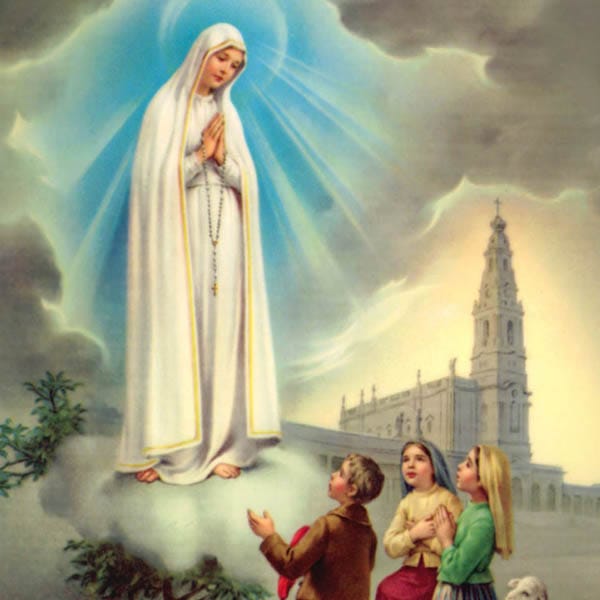
Visionaries: Maria da Luz and Maria da Conceição
Prophecy of three punishments and the spread of Communism in Brazil.
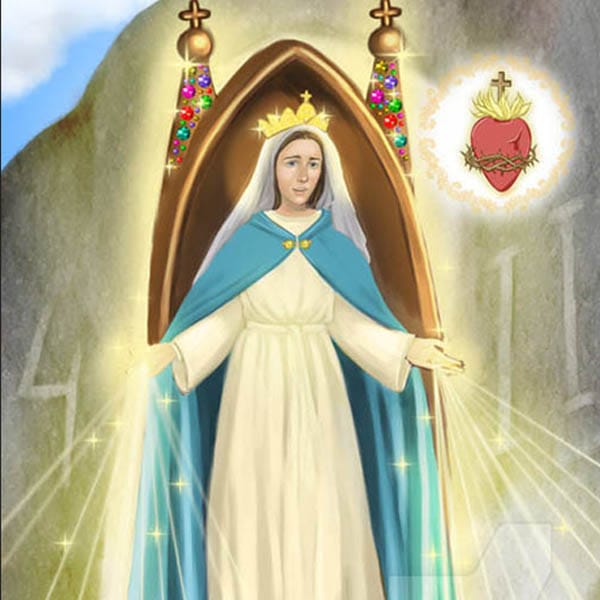
Visionaries: Sr. Teresita Castillo
“Pray hard. China desires to invade the world. The Philippines is one of its targets.”
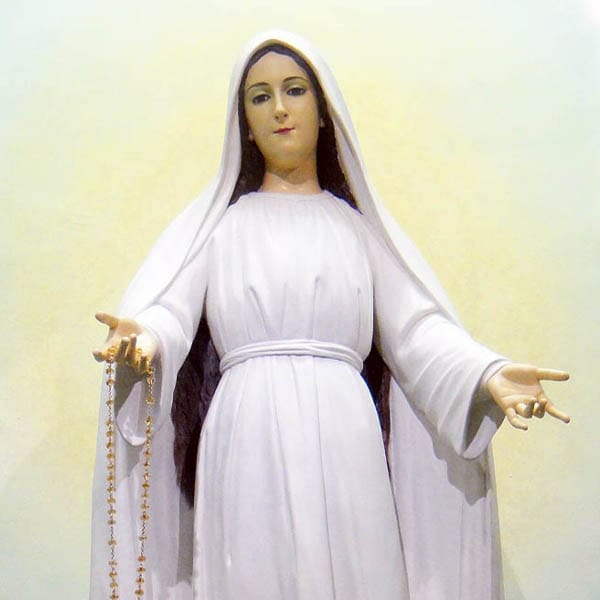
Visionaries: 4 young girls
Prophecies include: The Warning, The Miracle, The Permanent Sign, The Chastisement and The End of Times
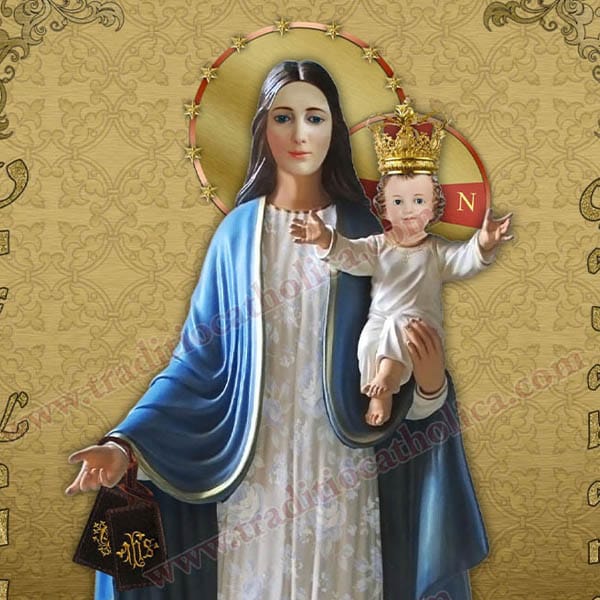
Visionaries: Sister Agnes
Prophecy of fire from heaven and worse suffering than the Flood, Internal Church division, Messages linked to Fatima's Third Secret.
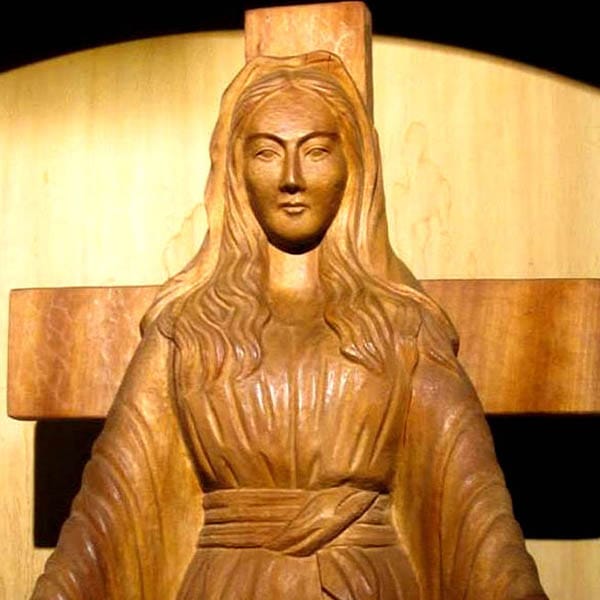
Visionaries: Alphonsine, Nathalie, Marie Claire
Horrific visions of genocide, fulfilled in the 1994 Rwandan massacre—Marie Claire herself was a victim.
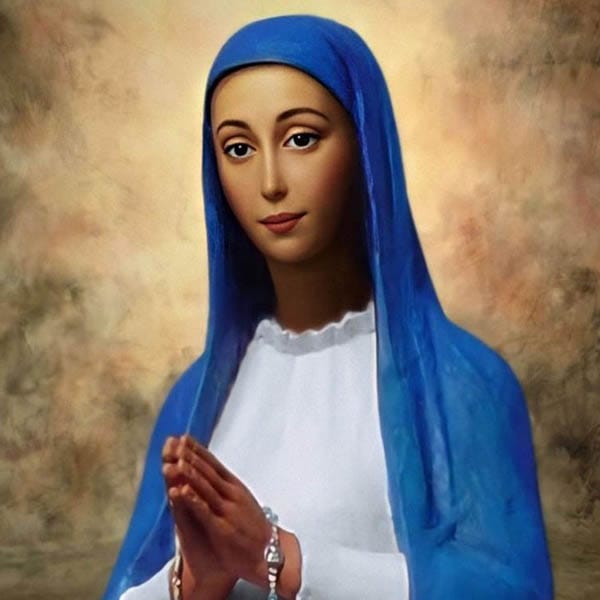
Visionaries: Maria Kyzin
“If Russia does not return to Christ, there will be a Third World War and great global destruction.”
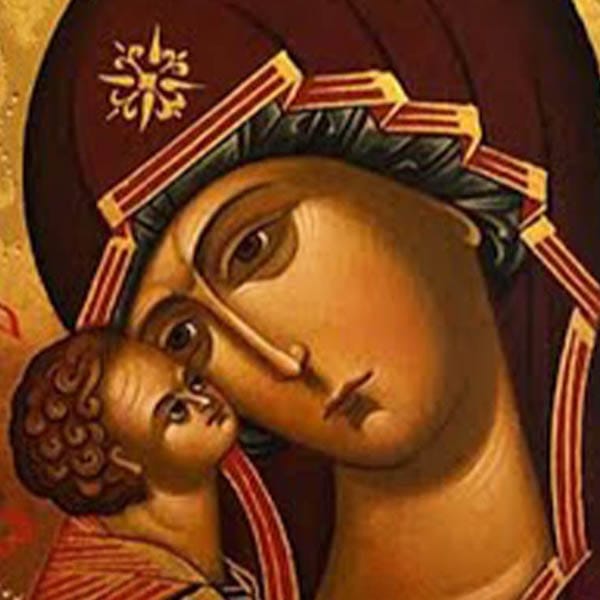
A Final Promise:
“ In the end My Immaculate Heart will triumph. The Holy Father will consecrate Russia to Me, and it will be converted and a certain period of peace will be granted to the world. In Portugal the dogma of the Faith will always be kept. ”
— Our Lady of Fatima, July 13, 1917
